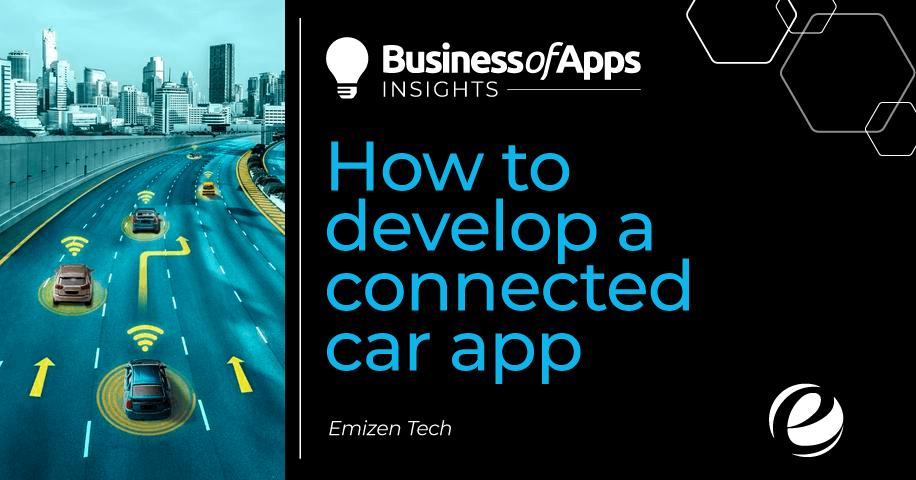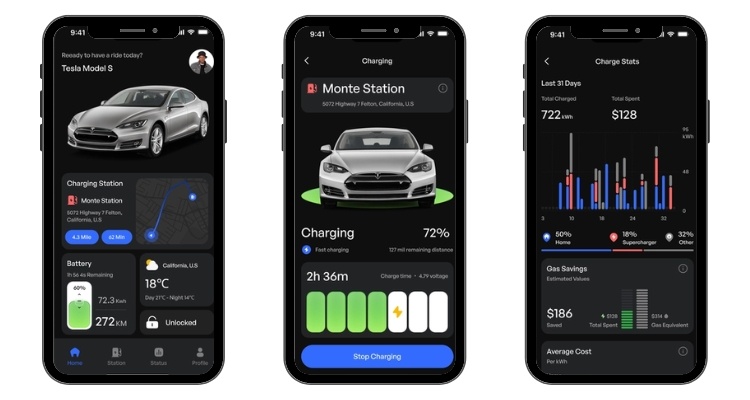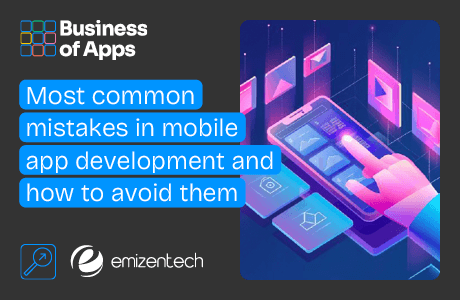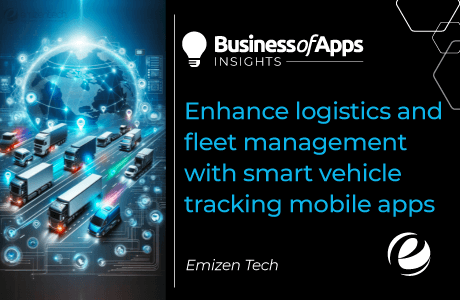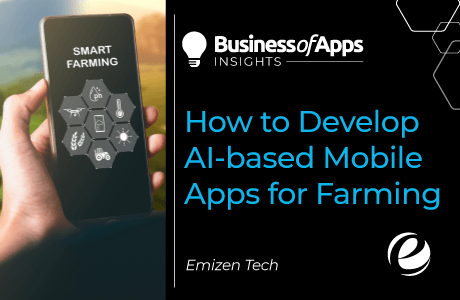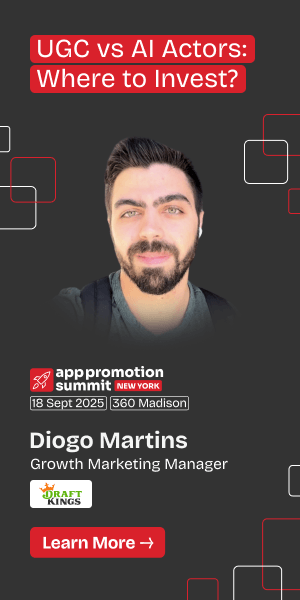No longer just a means of transportation, cars today have become a world of their own, where everything is just a tap away. Using connected car solutions, you can operate your car as a personal device. Besides auto manufacturers, app development companies are also seeing a plethora of opportunities in connected car app development.
Looking at the latest stats, we found that in 2021, the connected vehicle market reached $23.6 billion, and by 2026, it’s going to be valued at $56.3 billion with a CAGR of around 19.0%.
So, let’s talk about connected car apps, what they are, how to develop one yourself, and the challenges you will likely face along the way.
What are connected car apps?
A connected car app is a dedicated smartphone app that is connected to a vehicle via a wireless network. It permits users to control their vehicles remotely. Users can use it to lock or unlock their vehicles, start or stop the engine, open the sunroof, turn on and off the headlight, blow the horn, and so on.
Some of the world-famous names in this sector are Renault, Nissan, General Motors, AT&T, and BMW, who have all created engaging and user-friendly connected car apps available on the app stores.
How to develop connected car apps
You can follow any approach to build apps for smart cars. Each comes with its own specific challenges.
Example of a connected car app
Source: Emizen Tech
Apps that run on a smartphone
Unique aspects:
- Such apps are rolled out on handheld devices, not on IVI (in-vehicle infotainment) systems.
- In this approach, your app will communicate with your vehicle via dedicated AI channels.
- Third-party developers can’t access the main functions of cars, such as electronic systems.
This way of developing connected car apps is best for creating safe and convenient in-vehicle infotainment apps. Developing such apps is easier than IVI-based app development. This is because software fits better in a smartphone and because API usage is wholly regulated by an automobile manufacturer.
Example:
- Ford Motor Company
In-vehicle information systems apps
Unique aspects:
- Original equipment manufacturers (OEMs) help build in-vehicle information (IVI) systems.
- Mostly, the development projects are outsourced to third-party developers.
- To create a connected car app for users, developers need to integrate the code of current IVI platforms, like Ford Sync System.
The Linux platform can also be considered here as it guarantees a smooth app-making process, but you will not be able to publish the app on the app stores.
Example:
- CarInfo
API-based development
Unique aspects:
- In this case, the mobile connection between a vehicle and an automaker is given a green signal on the production line.
- The car manufacturer is entirely responsible for gathering and analyzing the car data that comes from GPS, engine control units, electronic sensors, and other dashboards.
- Besides, this data makes the app development process simpler.
Example:
- General Motors OnStar
Access to vehicle data through on-board diagnostic systems (OBD-II)
Unique aspects:
- This is one of the most widely-chosen approaches to developing connected car apps. It relies on data accumulated from the onboard diagnostic systems. Currently recognized as OBD-II, this system is a one-way data port that facilitates vehicle data accessibility but is not reliable when it comes to controlling its inner systems.
- The developers can’t access the OEM platform while using this port.
- The data OBD-II stores are the power booster for the connected car app development.
- In this technology, car apps either run in the Cloud or on a smartphone, so the data is accumulated instantly from a gyroscope, GPS, and accelerometer.
- The data stored on this port arrives with a unique opportunity for app developers. They can analyze this data and use it to provide drivers with real-time stats about vehicle speed, engine performance, fuel usage, and so on.
Globally, vendors prefer using the OBD-II to build various useful apps and devices. Using the collected data, developers can craft extremely valuable software products for more accurate car insurance data, extended details on vehicle performance, and more.
Your playbook for the new app ecosystem [webinar]
The app stores have been cracked open. Savvy teams are already capitalizing by implementing App2Web and Web2App strategies. Join Paddle’s Lucas Lovell to discover smarter billing tactics.
Register nowFeatures of connected car apps
Driver monitoring
Cars manufacturers equip their cars with special systems that can be linked with connected car apps and facilitate users’ control of how the car is driven, its speed limits, running hours, and more.
Blind spots and parking
Smartphones’ built-in cameras are very useful when parking a car. The driver can see everything from their rearview cameras, preventing any potential accidents.
Fuel/energy usage
Connected car maintenance apps can help monitor real-time fuel or battery consumption by vehicles.
Digital diagnostics
Connected car apps can also diagnose vehicles’ health digitally. It lets drivers monitor tire pressure and brakes performance and can also send notifications about any potential issues.
If you are looking to develop your own connected car app, consider connecting with an experienced app development company that has the required expertise to help steer your project toward success!



